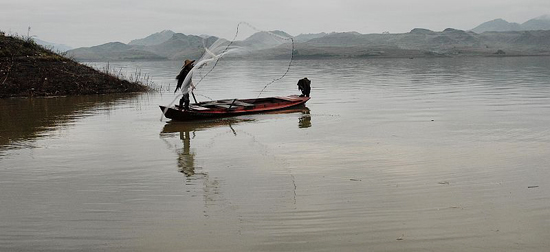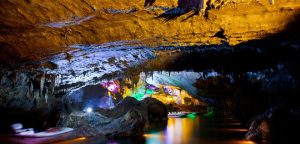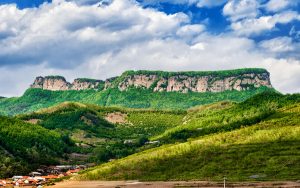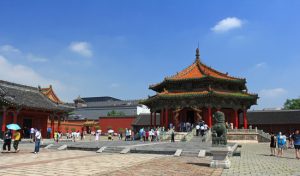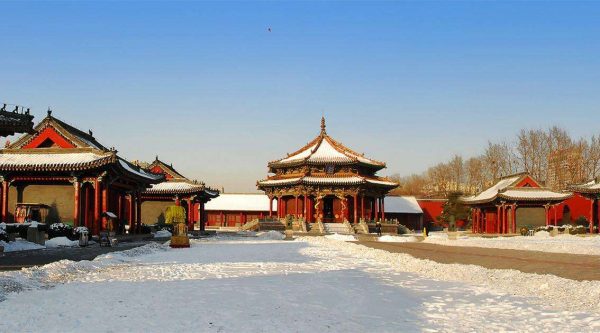
If you thought the Forbidden City was the only imperial palace in China, think again! While the Mukden Palace in Liaoning’s provincial capital of Shenyang is only one twelfth of the size of its Beijing cousin, it’s certainly no less grand. It was constructed in 1625 by a Manchu leader named Nurhaci not long after he conquered the city. His son, Hong Taiji, expanded the palace and went on to found the Qing Dynasty (1644-1912). From 1625 to 1644, it served as the living quarters for the Qing emperors, until the Manchu conquered the Ming Dynasty (1368-1644) and moved their capital to Beijing. However, the Qing Emperors would routinely return to Mukden Palace and spend some leisure time there each year. As the old saying goes, there’s no place like home!
When imperial rule collapsed, the palace was converted into the Shenyang Imperial Palace Museum and, by 2004, it had been designated a UNESCO World Heritage Site. It was originally built to resemble the Forbidden City in design, but is unique in that it also exhibits features of Manchurian and Tibetan style architecture. The complex itself covers over 60,000 square metres (71,760 sq. yd.), incorporating more than 300 luxuriously decorated rooms and 20 vibrant gardens. The front part was built on the ground, while the rear is suspended on 4-metre (13 ft.) high supports, simulating the Manchu custom of living on mountain slopes.
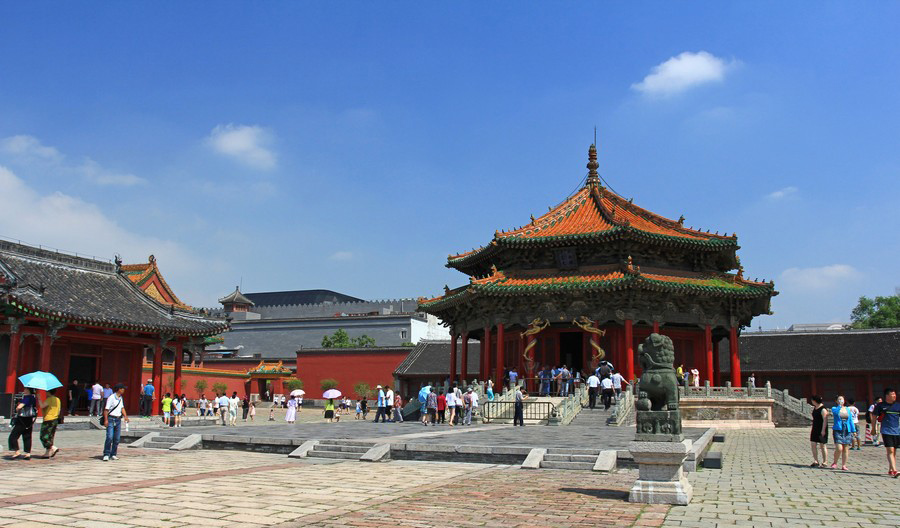
It is divided into three sections on a north-south axis: the eastern section being the oldest and boasting the most distinctly Manchurian buildings; the western section containing the theatre and the palace library; and the middle section consisting of the main residences for the Emperor, Empress, and the imperial concubines. High walls not only surround the palace but also divide the site so that each section, courtyard, or garden is blissfully private. With only three entrances, all located on the southern wall, entry was heavily restricted. Although Beijing’s palace may be known as the “Forbidden City”, public access to Mukden Palace was actually under much stricter control!
In the oldest section of the palace, the most outstanding structures are undoubtedly Dazheng Hall and the Shiwang or “Ten King’s” Pavilions. The hall is a colossal octagonal building where the high throne of the Emperor is located. A long road leads from the hall’s entrance to a gate in the opposite wall, with the ten pavilions flanking either side. The two pavilions closest to the hall, known as the East King’s and West King’s Pavilions respectively, belonged to the Emperor. However, the other eight pavilions served as the official offices for the leaders of the Eight Banners, the main administrative and martial organ of the Qing Dynasty. Even in ancient times, having your own office was the height of career success!
Qingning Palace, located in the middle section of the complex, was the place where the Emperor and Empress used to live. It was split into two halves, the east side serving as living quarters and the west side for use during sacrificial ceremonies. Nearby Chongzheng Hall was where the Emperor would attend to his political affairs, while the tower behind it, known as Fenghuang or “Phoenix” Tower, is where his concubines lived. Evidently being locked up in a high tower isn’t just for princesses!
Though one of the “newer” structures in the complex, the Wensu Pavilion is no less spectacular and is certainly the highlight of the western section. It is the only building in the complex with a black roof because, according to Chinese tradition, black is the colour of water. Since the pavilion acted as the palace library and contained several priceless literary works, it was believed this roof would protect the building from fire.
In ancient times, these halls and pavilions would be bustling with action, as royal family members, government officials, and military officers rushed to fulfil the Emperor’s every order. Nowadays, they house over 10,000 relics from the Qing Dynasty, from fearsome swords and wooden bows to intricate paintings and delicate works of calligraphy. Notable among these artefacts are the Tiger-Veined Double-Edged Sword of Nurhaci and Nurhaci’s Imperial Jade Seal. Wandering through the halls and admiring these beautiful relics, you’re sure to be transported back to an ancient time, where Emperors decked in splendour secluded themselves behind the walls of their opulent palaces.
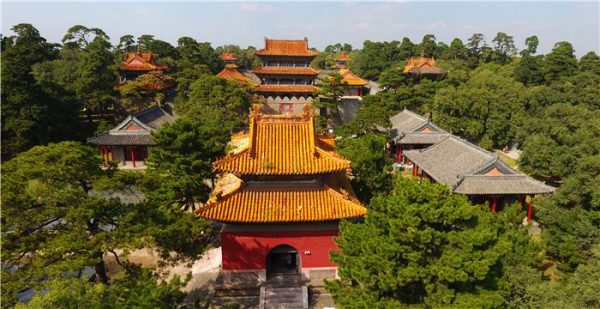
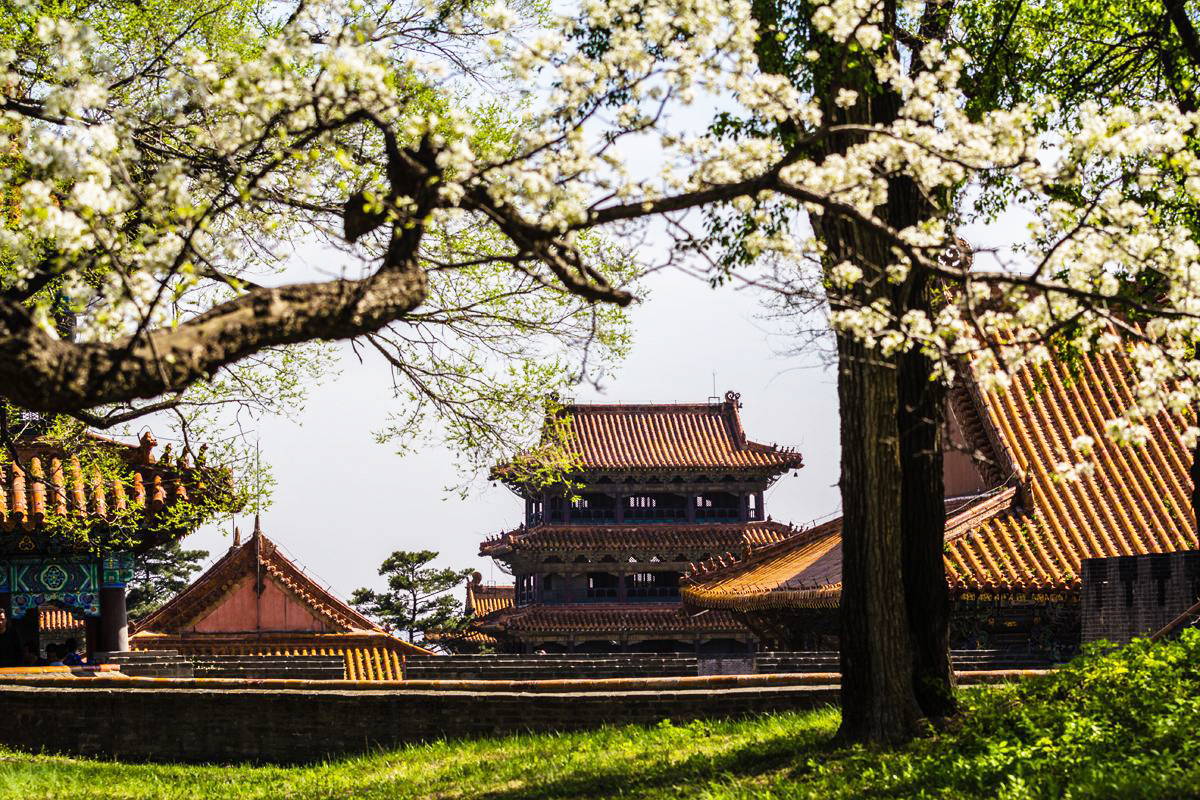
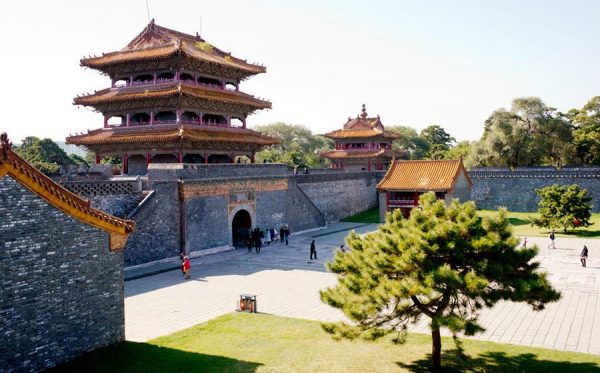
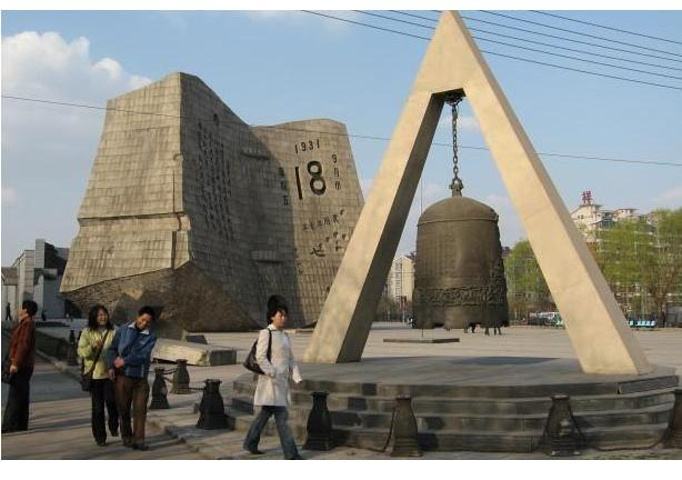
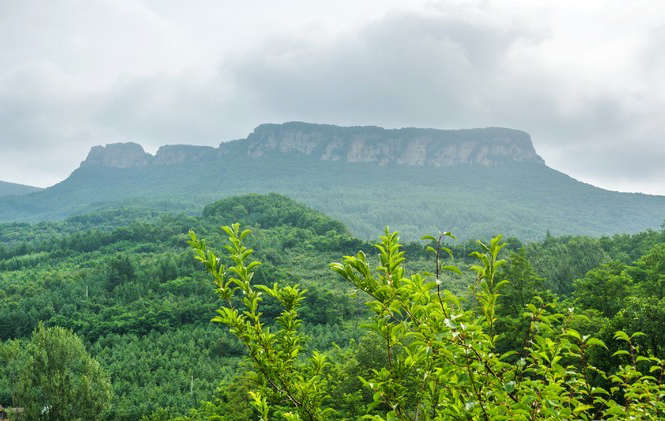 Hidden high within the Wunü Mountains of Huanren County in Liaoning province, Wunü Mountain City is one of the last known remnants of the Korean-led Goguryeo Kingdom (37 BC–668 AD). As a place of invaluable historical significance, it was designated a UNESCO World Heritage Site in 2004. Until 668 AD, the Goguryeo Kingdom was the largest of the three kingdoms into which ancient Korea was divided. Little historical records remain regarding the kingdom and its origin is shrouded in mystery, resulting in a chaotic mixture of fact and myth.
Hidden high within the Wunü Mountains of Huanren County in Liaoning province, Wunü Mountain City is one of the last known remnants of the Korean-led Goguryeo Kingdom (37 BC–668 AD). As a place of invaluable historical significance, it was designated a UNESCO World Heritage Site in 2004. Until 668 AD, the Goguryeo Kingdom was the largest of the three kingdoms into which ancient Korea was divided. Little historical records remain regarding the kingdom and its origin is shrouded in mystery, resulting in a chaotic mixture of fact and myth.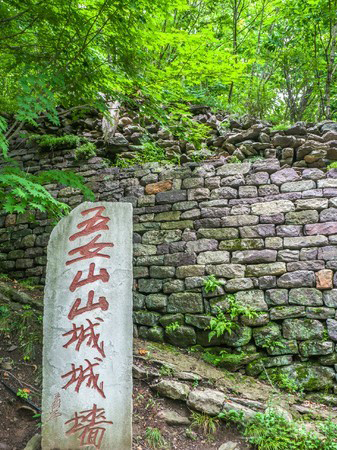 The unusual cuboid shape of the Wunü Mountains and its sheer vertical cliffs made it nearly impermeable to any kind of attack, which protected the capital from opposing armies. Deep within the valley, a treacherous 938-metre (3,077 ft.) long zigzagging earthen road was the only way in or out. Since it was so difficult to reach, many historians argue that the Goguryeo King and nobility would not normally reside there, but would instead use it as a shelter during times of war. Even during peak times, the city could only accommodate about 100 people at most.
The unusual cuboid shape of the Wunü Mountains and its sheer vertical cliffs made it nearly impermeable to any kind of attack, which protected the capital from opposing armies. Deep within the valley, a treacherous 938-metre (3,077 ft.) long zigzagging earthen road was the only way in or out. Since it was so difficult to reach, many historians argue that the Goguryeo King and nobility would not normally reside there, but would instead use it as a shelter during times of war. Even during peak times, the city could only accommodate about 100 people at most.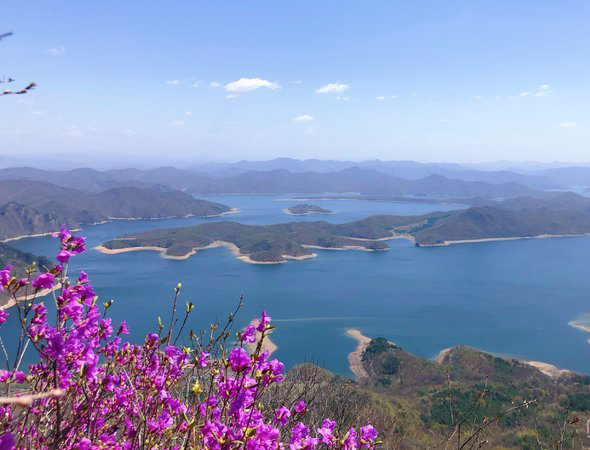 Alongside these ancient structures, archaeologists have unearthed iron arrowheads, fragments of armour, and a pair of iron shackles from what was believed to be the military barracks. A nearby observation platform was once used to give the local soldiers a wider field of vision, but nowadays is the ideal place to soak in stunning panoramic views of the surrounding countryside and the Huanren Reservoir, the largest reservoir in Liaoning province.
Alongside these ancient structures, archaeologists have unearthed iron arrowheads, fragments of armour, and a pair of iron shackles from what was believed to be the military barracks. A nearby observation platform was once used to give the local soldiers a wider field of vision, but nowadays is the ideal place to soak in stunning panoramic views of the surrounding countryside and the Huanren Reservoir, the largest reservoir in Liaoning province.